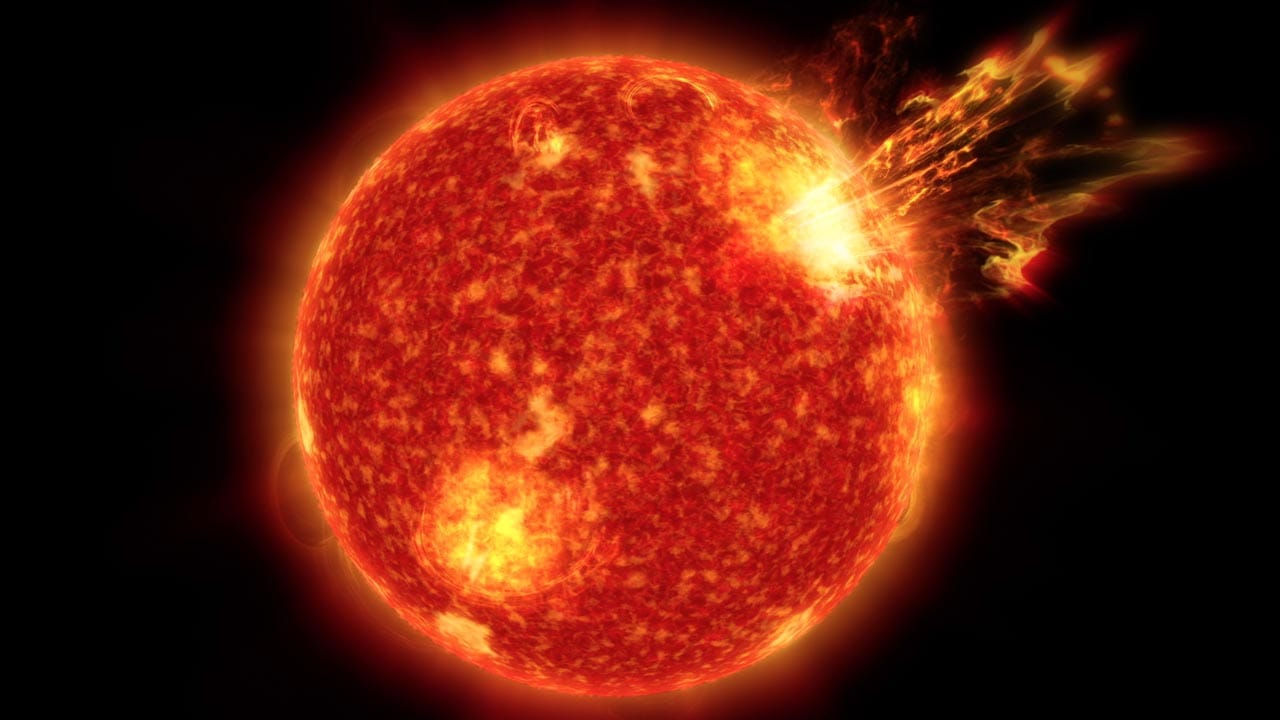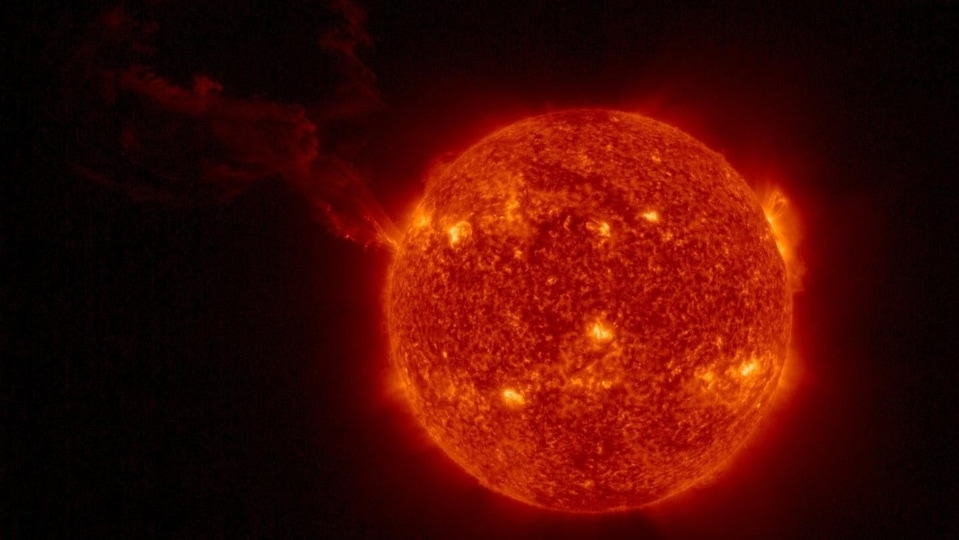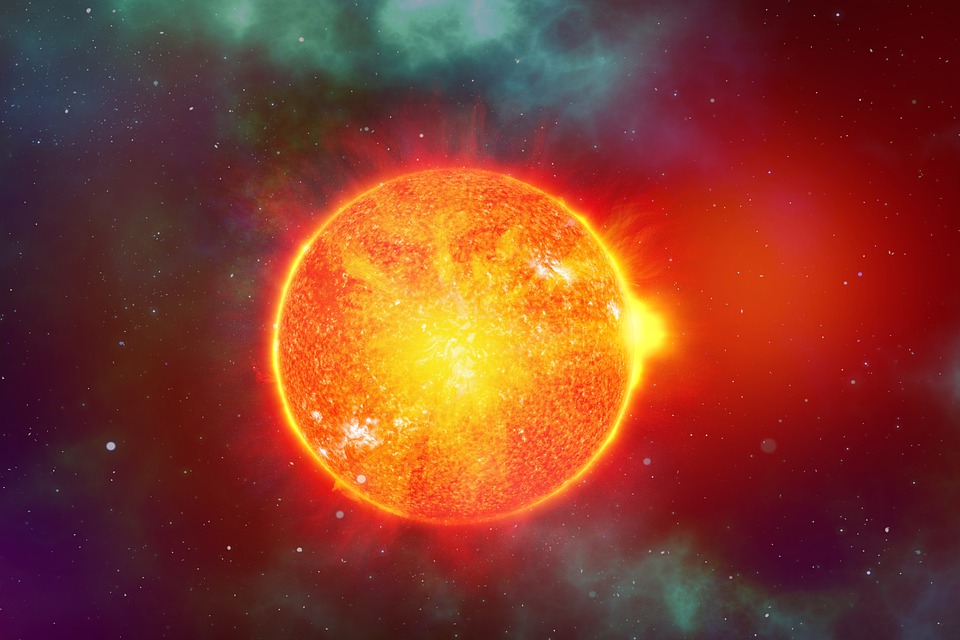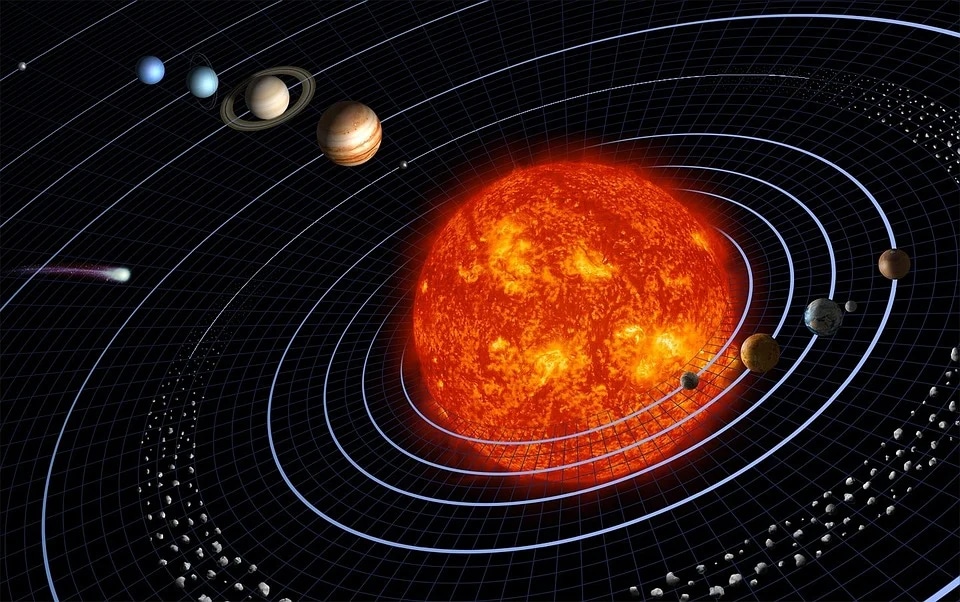Shocking! Blackouts hit US, Canada after powerful solar flare eruption, NASA satellite shows
The NASA Solar Dynamics Observatory spotted an M6-class solar flare eruption on the Sun. The strong ultraviolet radiation sparked a major radio blackout in North America that affected the US and Canada.






 View all Images
View all ImagesThe coronal mass ejection (CME) that is racing to strike Earth tomorrow, July 13, is still on its way and it is likely to cause a terrifying solar storm. However, before that could hit, another solar menace has already struck the planet. On July 11, the NASA Solar Dynamics Observatory (SDO) detected a huge explosion on the northeastern limb of the Sun, which is believed to be a region where a new sunspot had emerged. The explosion produced a powerful M6-class solar flare eruption. The eruption was so strong that the ultraviolet radiation made its way to the Earth and sparked a radio blackout over North America. The majorly affected countries were the US and Canada.
According to a report by SpaceWeather.com, “A big new sunspot is emerging over the sun's northeastern limb, and it is crackling with solar flares. The strongest so far, an M6-class explosion on July 11th (1808 UT), saturated pixels in the telescope system onboard NASA's Solar Dynamics Observatory”.
It further added that the extreme ultraviolet flash resulted in ionizing the upper atmosphere of the atmosphere creating a radio blackout over North America and “doppler-shifting the frequency of America's WWV time-standard radio transmissions”.
Blackouts plague the Earth as another solar storm approaches
This week has been rather lively in terms of solar activity. The week began with a threat of an internet apocalypse which was quickly debunked. Soon after, a CME release was noted by NASA satellites and it is expected to hit on Thursday. Meanwhile, a new and rather unstable sunspot has entered the Earth's view and has already exploded once sparking a blackout.
Shortwave radio blackouts block low-frequency radio waves. This majorly affects GPS connectivity and radio transmission for aviators, drone controllers, mariners, and emergency workers. If the intensity of the solar flare is high, and consequently a strong ionization of the Earth's atmosphere occurs, it can even block mobile networks and interfere with satellite internet connectivity.
While the threat of blackouts is gone, now the Earth must brace itself for the incoming solar storm.
How NASA Solar Dynamics Observatory monitors solar activity
The NASA Solar Dynamics Observatory (SDO) carries a full suite of instruments to observe the Sun and has been doing so since 2010. It uses three very crucial instruments to collect data from various solar activities. They include Helioseismic and Magnetic Imager (HMI) which takes high-resolution measurements of the longitudinal and vector magnetic field over the entire visible solar disk, Extreme Ultraviolet Variability Experiment (EVE) which measures the Sun's extreme ultraviolet irradiance and Atmospheric Imaging Assembly (AIA) which provides continuous full-disk observations of the solar chromosphere and corona in seven extreme ultraviolet (EUV) channels.
Catch all the Latest Tech News, Mobile News, Laptop News, Gaming news, Wearables News , How To News, also keep up with us on Whatsapp channel,Twitter, Facebook, Google News, and Instagram. For our latest videos, subscribe to our YouTube channel.





























